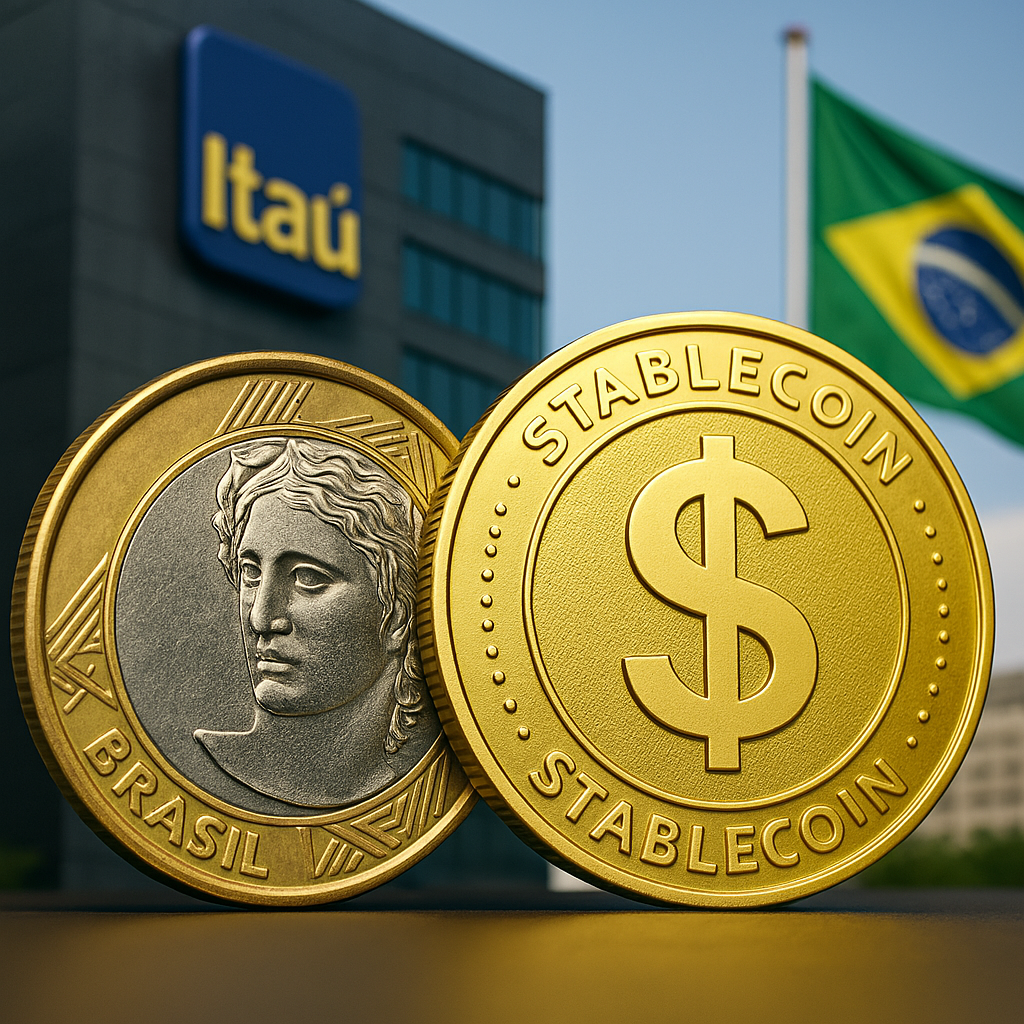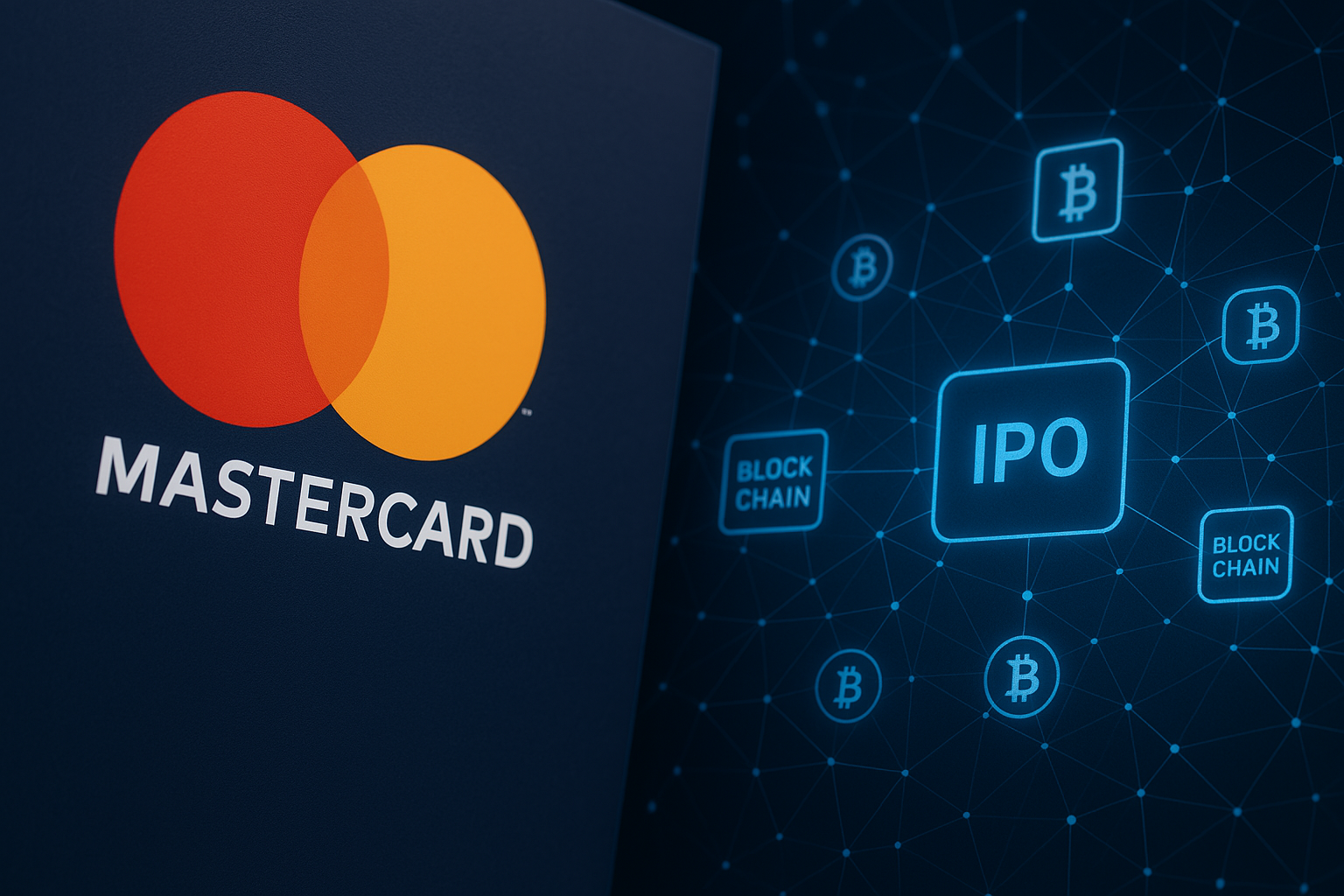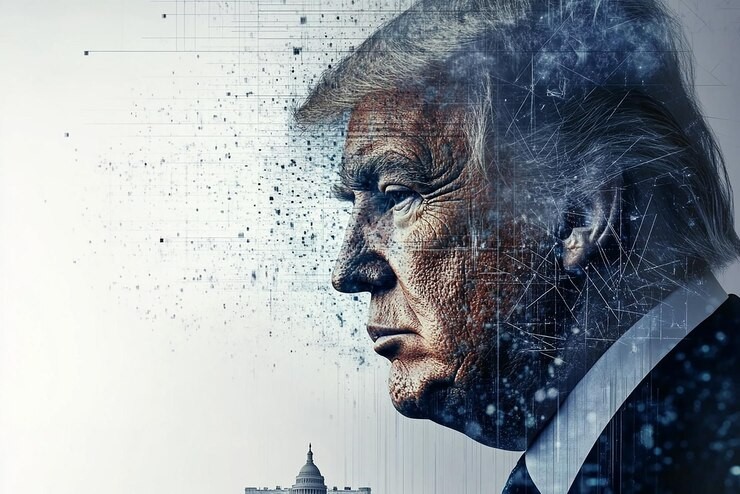As stablecoins surge in popularity across Brazil’s crypto ecosystem, Itaú Unibanco, the nation’s largest bank with over 55 million customers, is exploring the creation of its own stablecoin. The initiative could significantly advance financial inclusion—but regulatory clarity remains a prerequisite.
At a São Paulo event, Guto Antunes, Itaú’s Head of Digital Assets, emphasized the transformative potential of stablecoins, particularly for atomic transactions—instant, irreversible payments that reduce fraud. However, he noted that Itaú would not proceed without firm guidance from Brazil’s Central Bank.
Regulatory Uncertainty Halts Momentum
The bank’s plans hinge on the outcome of Public Consultation No. 111, a draft regulation that could reshape Brazil’s stablecoin framework. Notably, it proposes limiting the ability of Virtual Asset Service Providers (VASPs) to facilitate transfers of dollar-backed stablecoins to self-custody wallets—a fundamental capability for many crypto users.
Antunes stressed that the final decision by the Central Bank would determine whether Itaú can move forward with its stablecoin roadmap.
Stablecoin Interest Surges After U.S. Policy Shift
Global momentum for stablecoins has grown following President Donald Trump’s rejection of central bank digital currencies (CBDCs) and endorsement of privately issued stablecoins. This shift has reignited interest among global financial institutions—including Itaú.
Antunes acknowledged that Itaú has long studied stablecoin use cases and highlighted blockchain’s ability to facilitate efficient, secure, and decentralized transactions.
Why Stablecoins Matter in Brazil
In September 2024, over 4.4 million Brazilians transacted $4.2 billion in crypto, with stablecoins accounting for 71.4% of that activity. Tether’s USDT alone saw $2.77 billion in transfers—underscoring the importance of stablecoins in the region’s financial landscape.
Antunes voiced support for self-custody, despite regulatory attempts to restrict it, calling it vital to empowering users and enabling financial autonomy.
U.S. Stablecoin Trends Guide Itaú’s Strategy
Globally, the stablecoin sector has passed $230 billion in market cap, with leaders like USDT and USDC valued at $144 billion and $60.7 billion, respectively. Institutional players like Fidelity and Custodia Bank are also entering the space with bank-issued stablecoins.
Itaú is closely observing these trends to determine how—and under what conditions—a Brazilian stablecoin could be launched.
“Whether Itaú is able to launch a stablecoin—and under what conditions—will shape whether more Brazilians gain access to modern, inclusive financial tools,” Antunes said.
What’s Next? Stablecoins Could Reshape Brazilian Banking
The trajectory of Brazil’s stablecoin market will depend heavily on the final wording of Consultation No. 111. If restrictions are softened, Itaú could rapidly deploy its stablecoin across institutional—and potentially retail—channels.
Antunes sees smart contract-based programmable payments as key to transforming business processes such as payroll, utility billing, and supply chain settlements, opening the door to a digitally driven financial future in Brazil.



